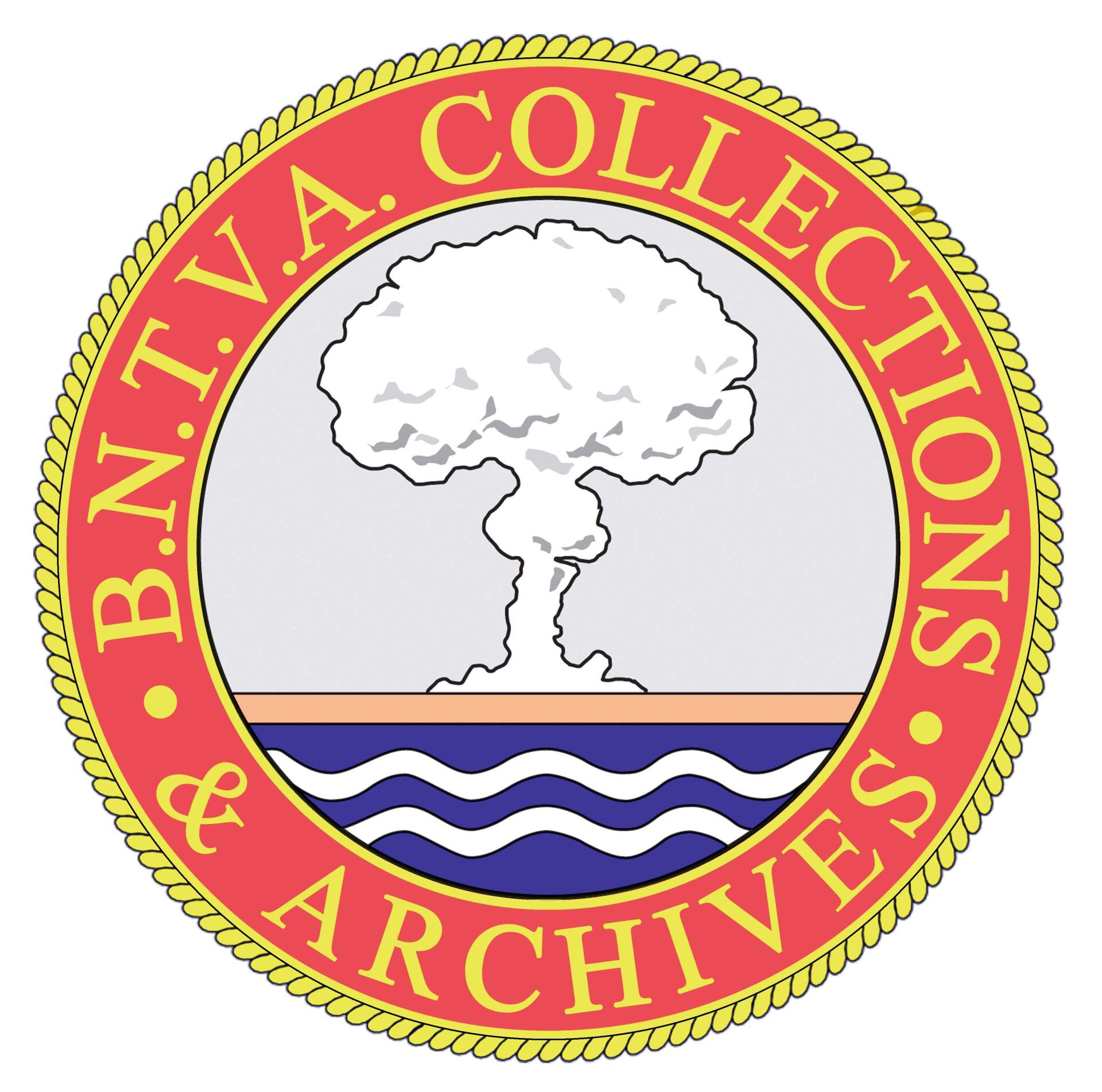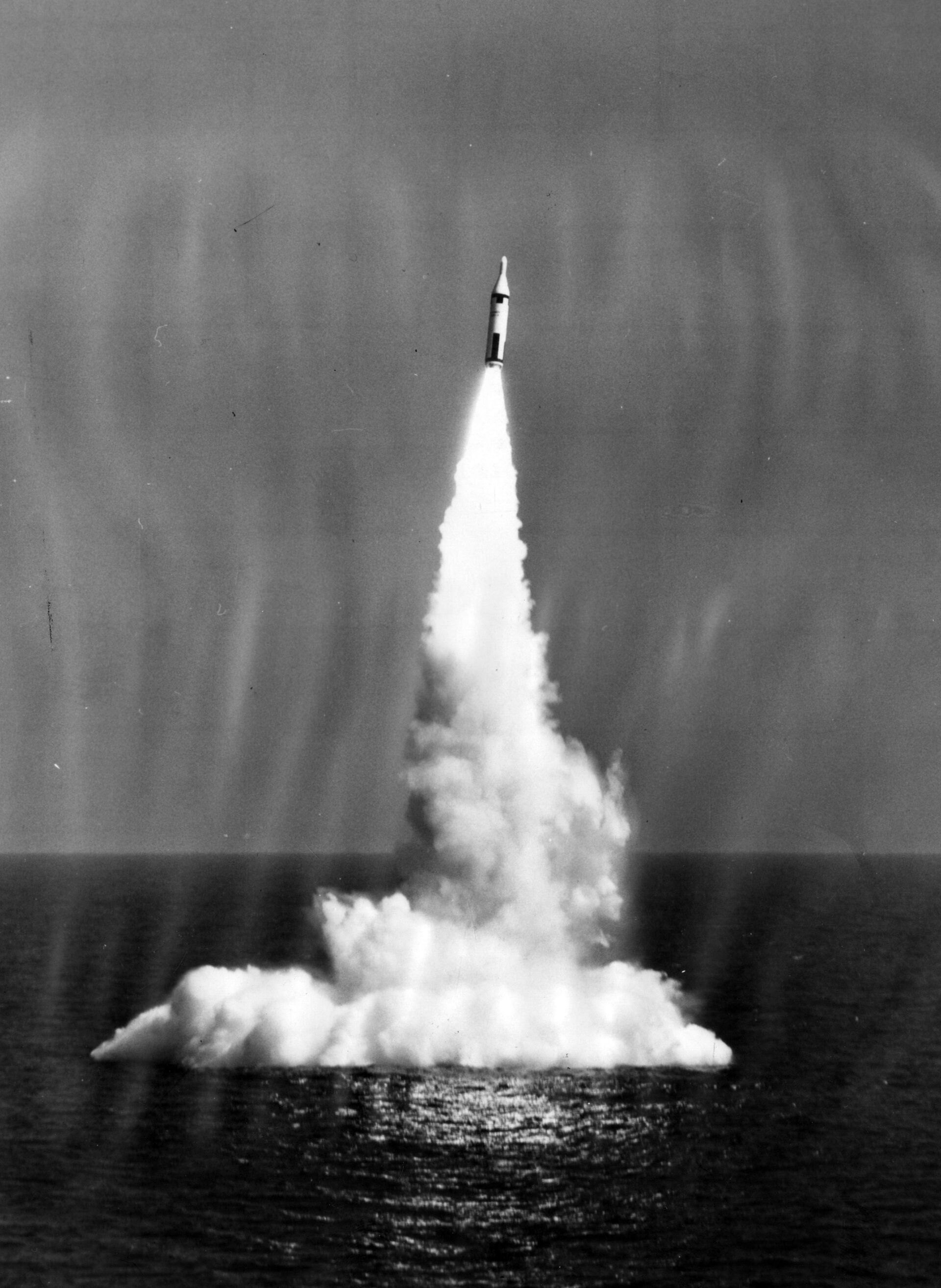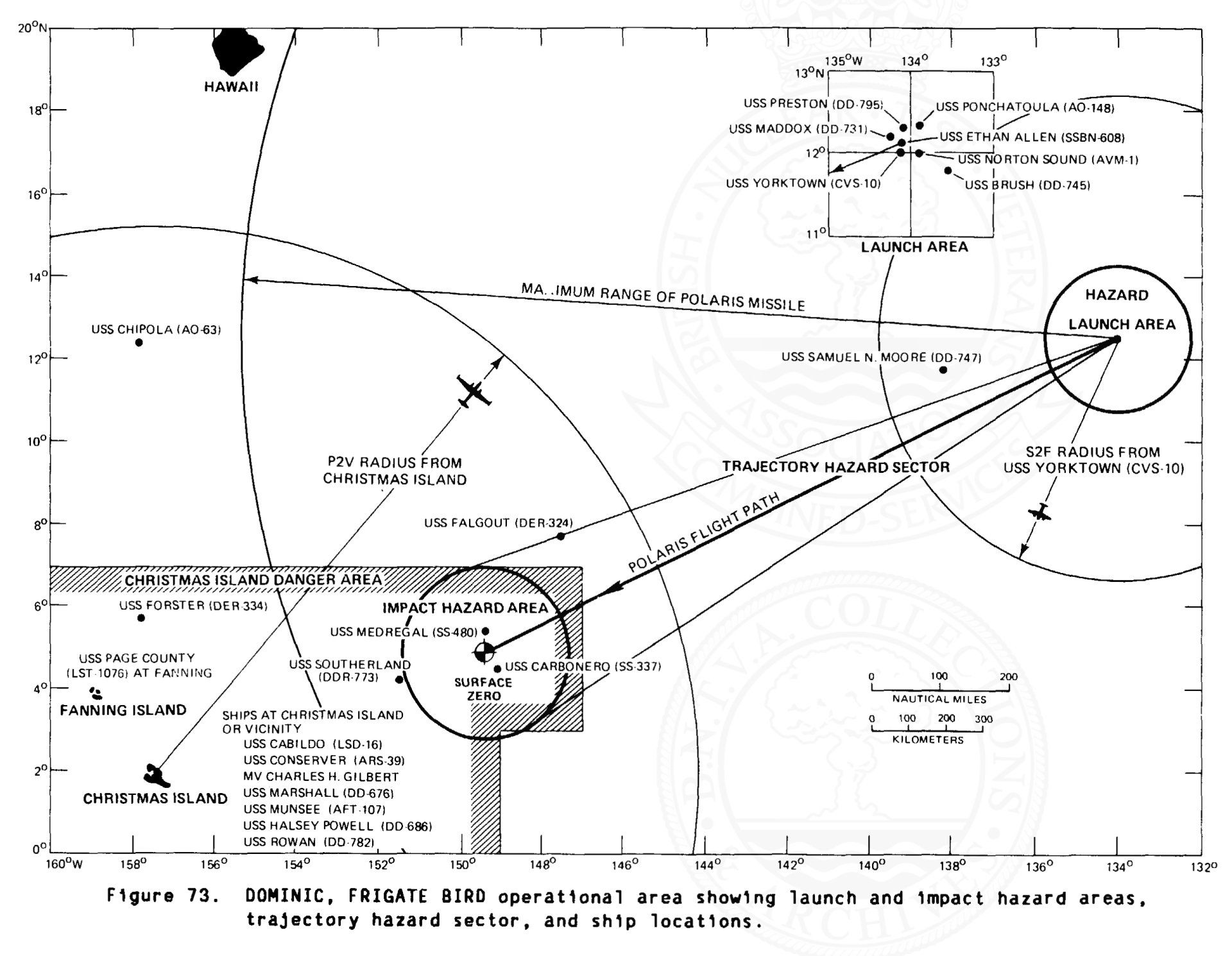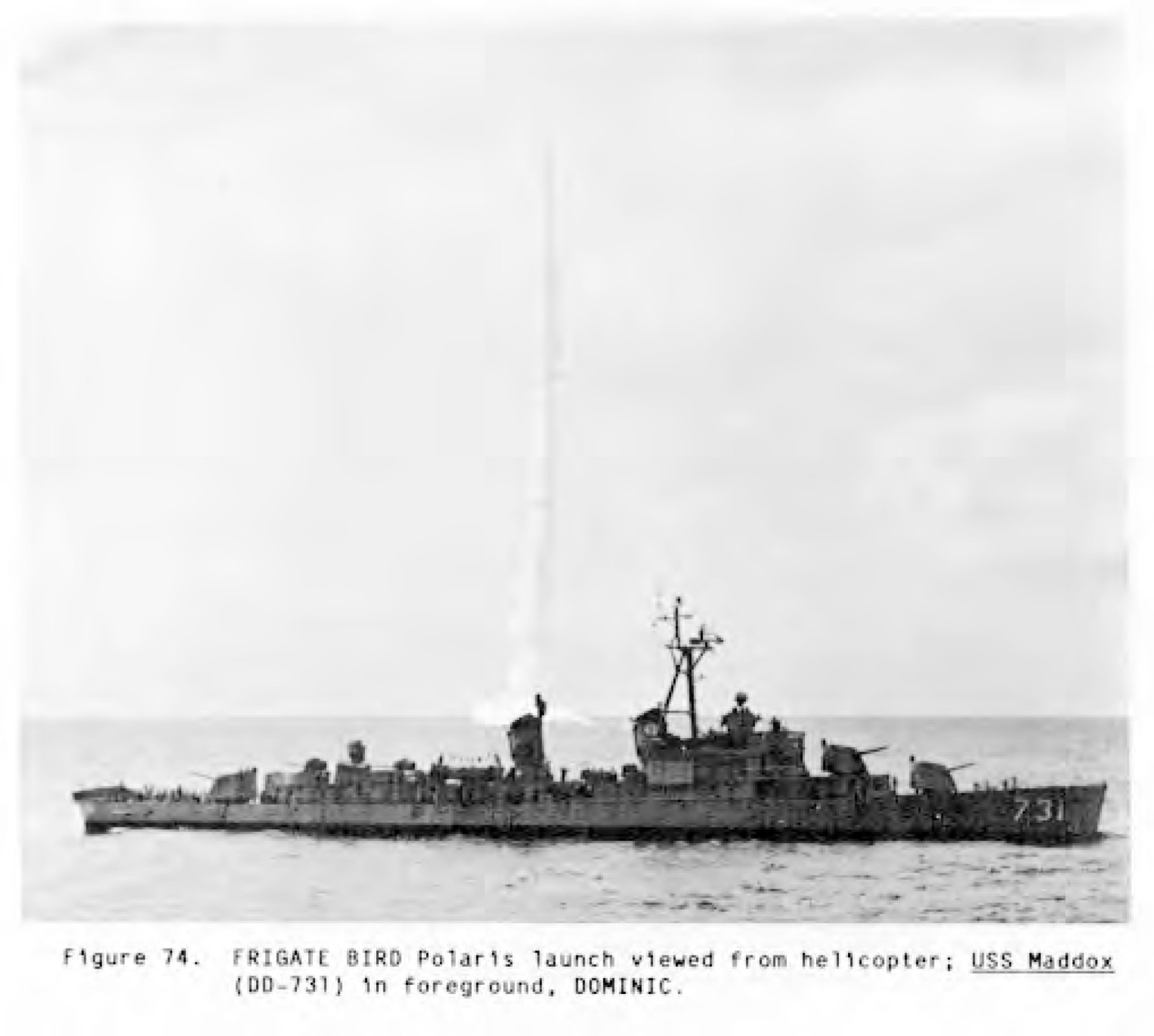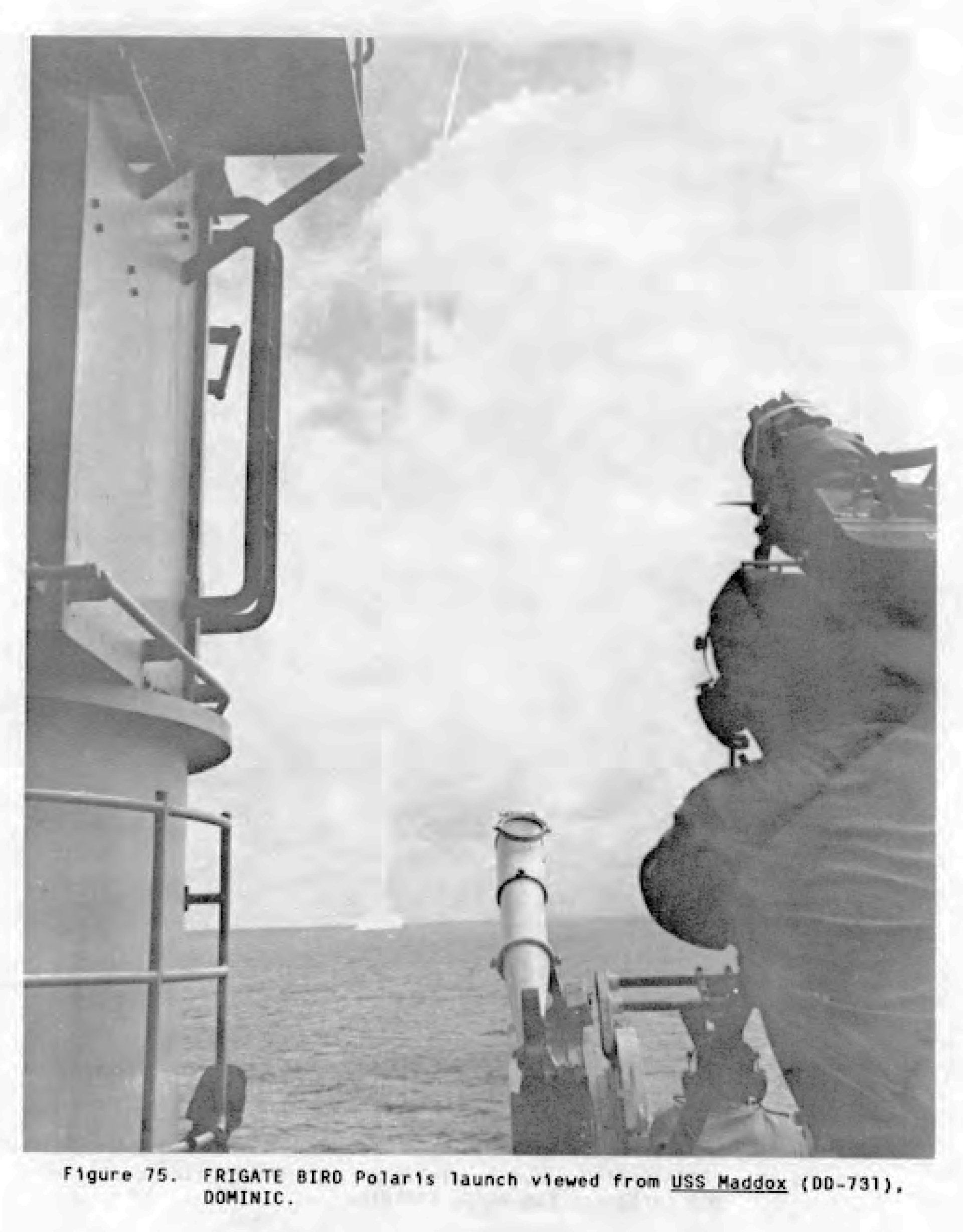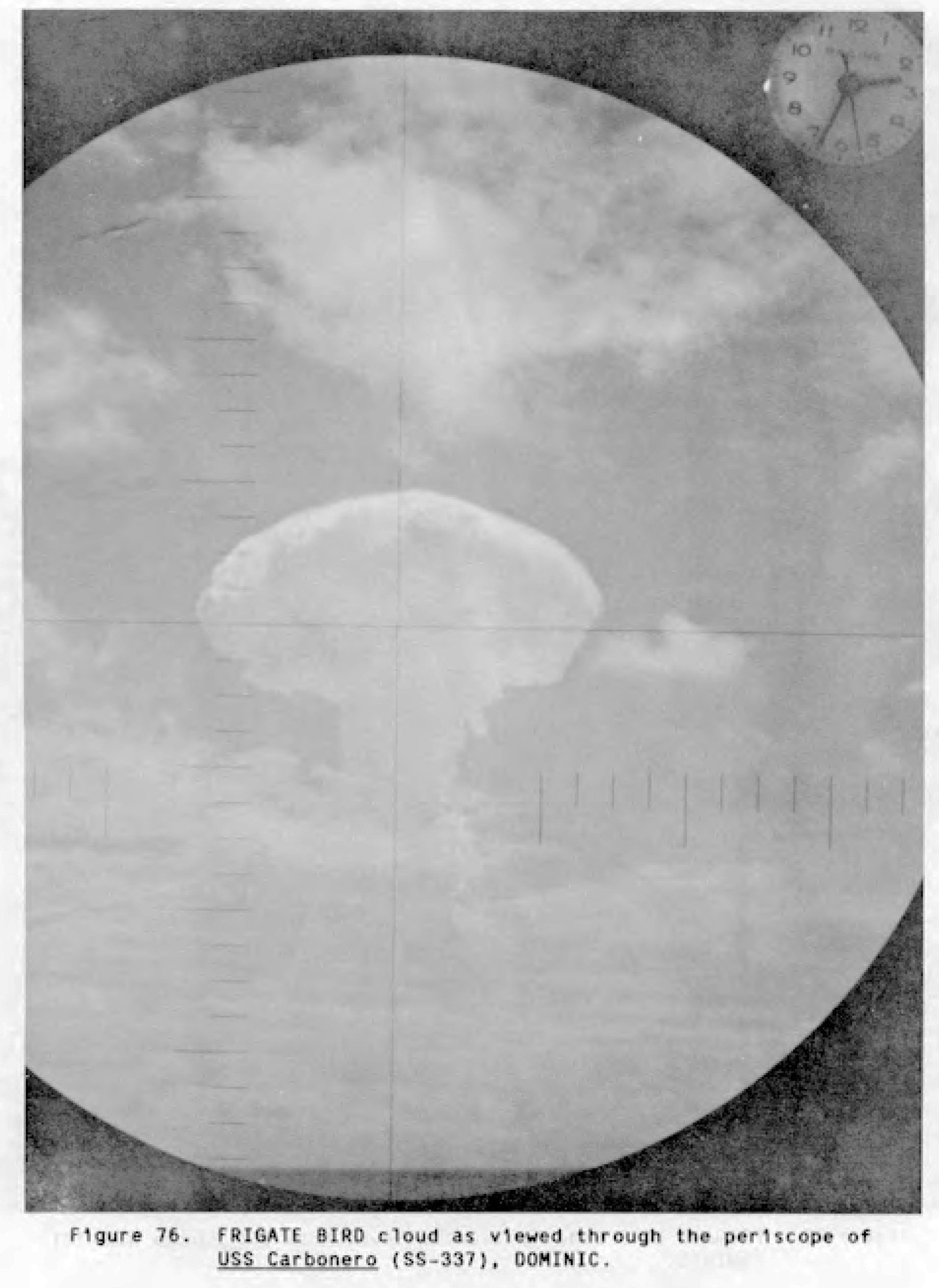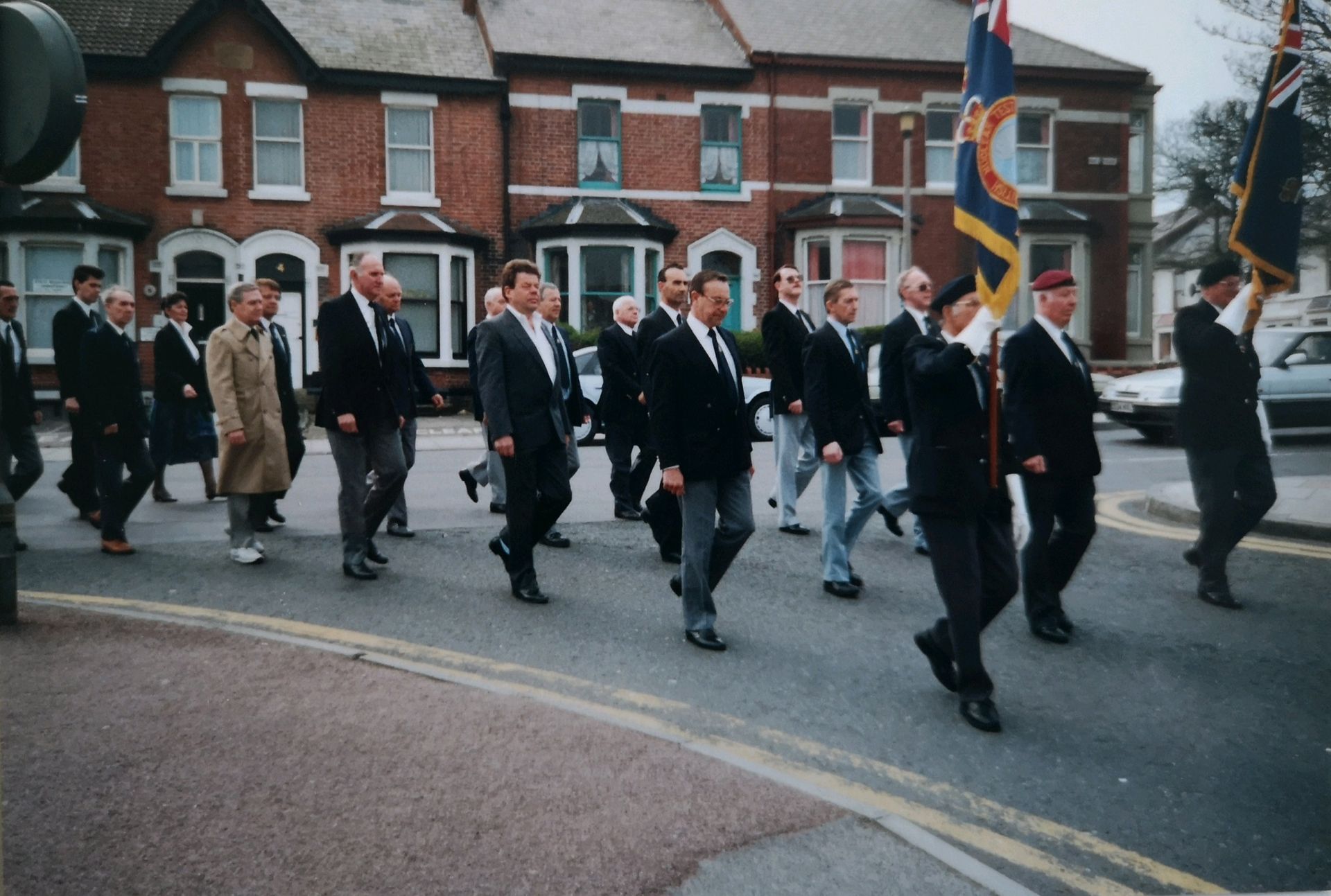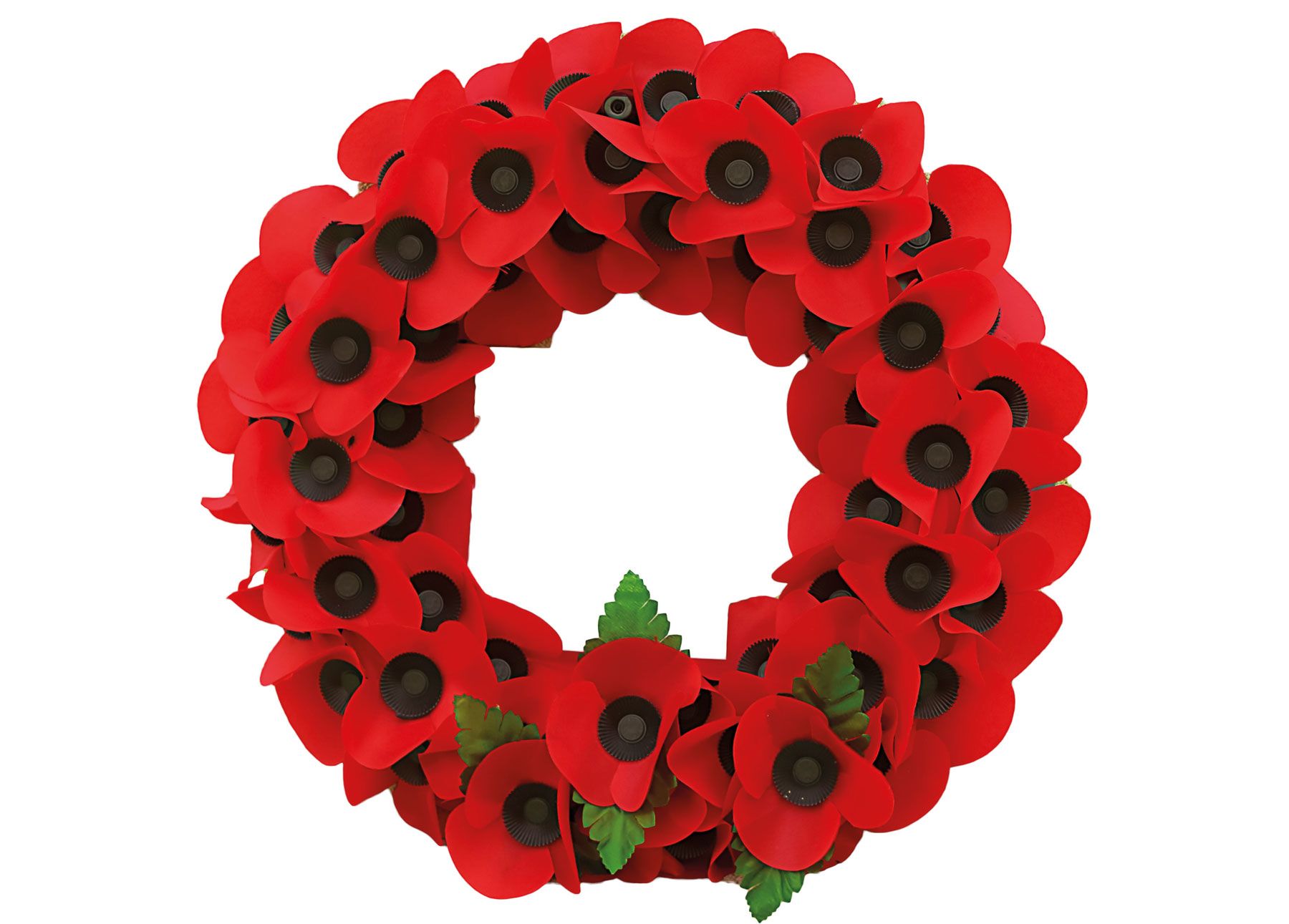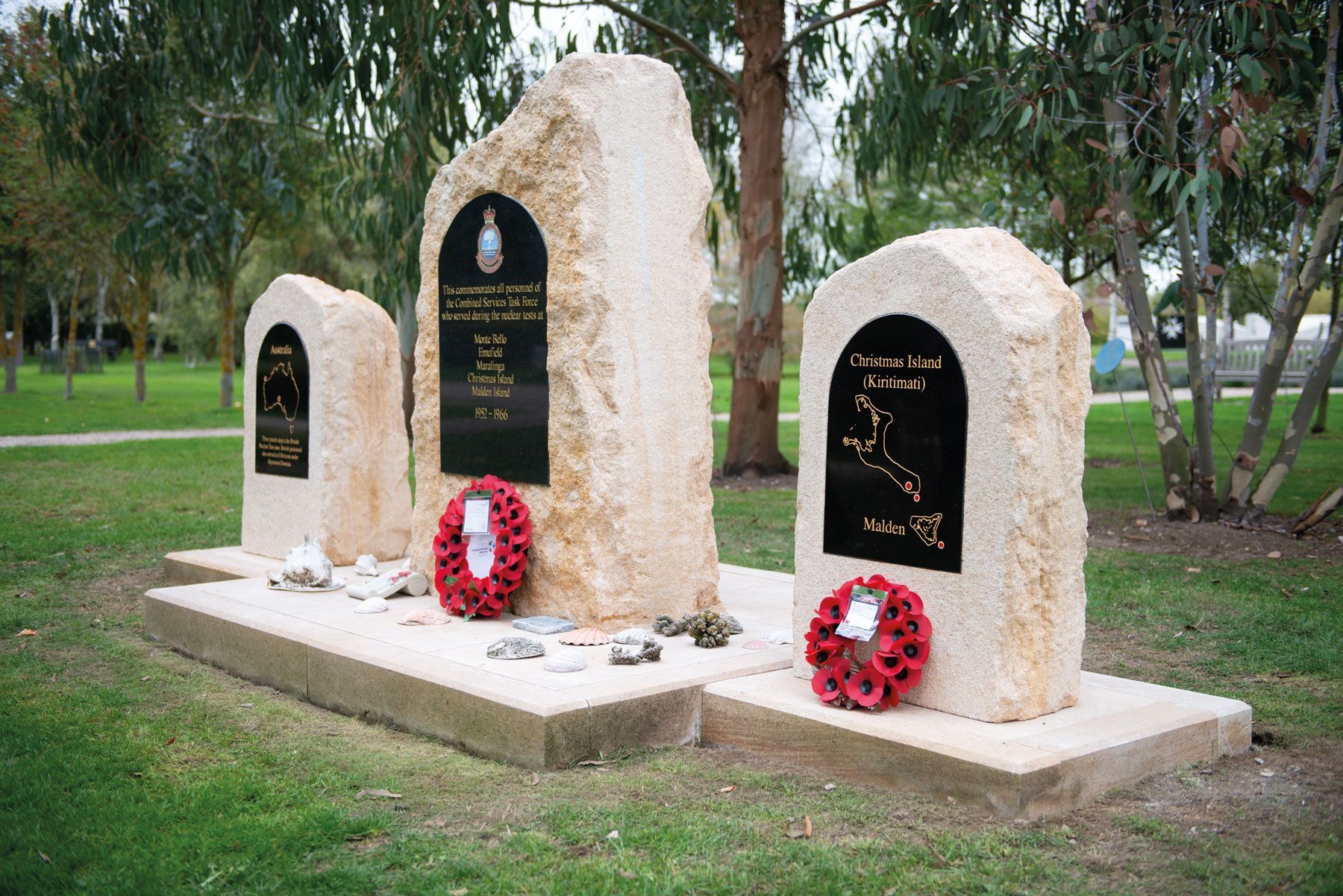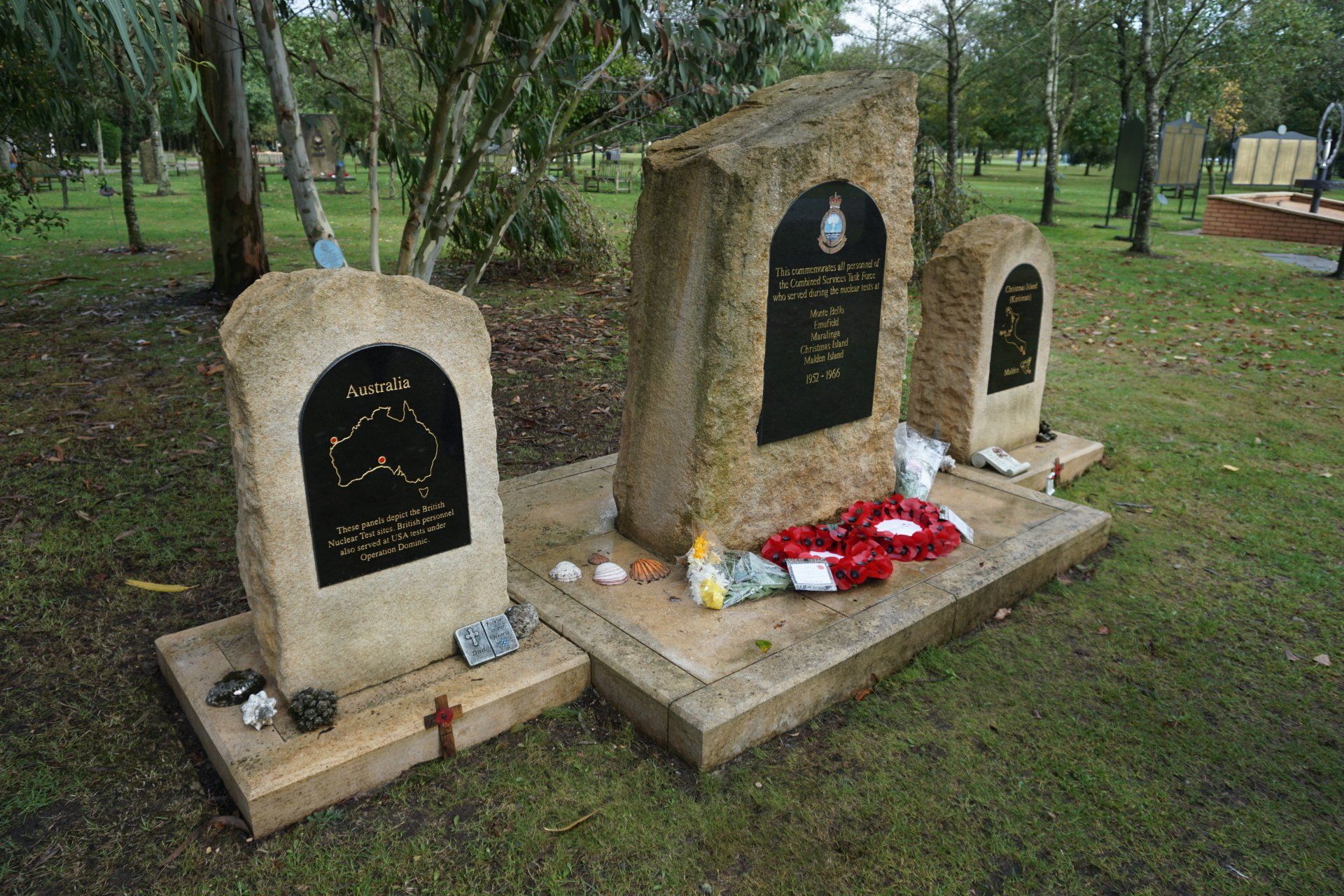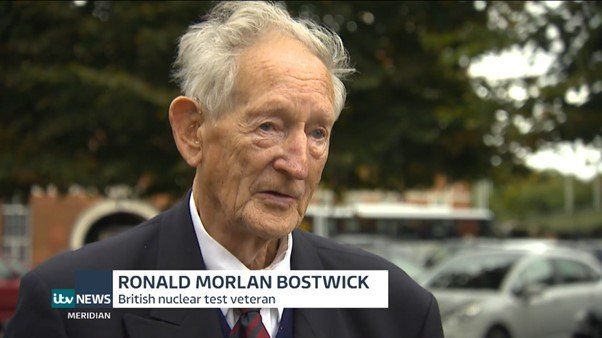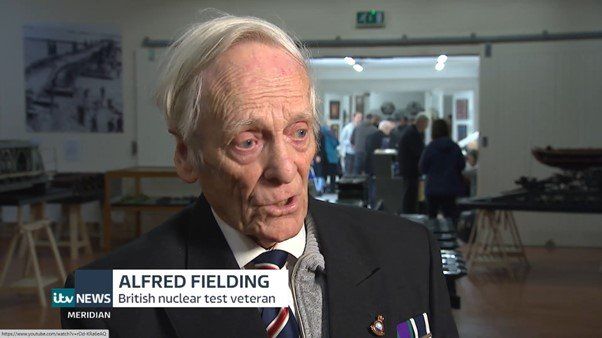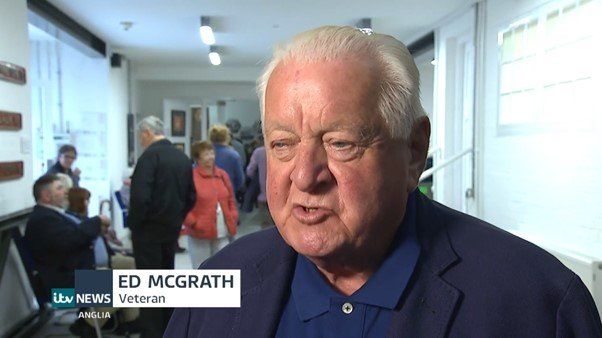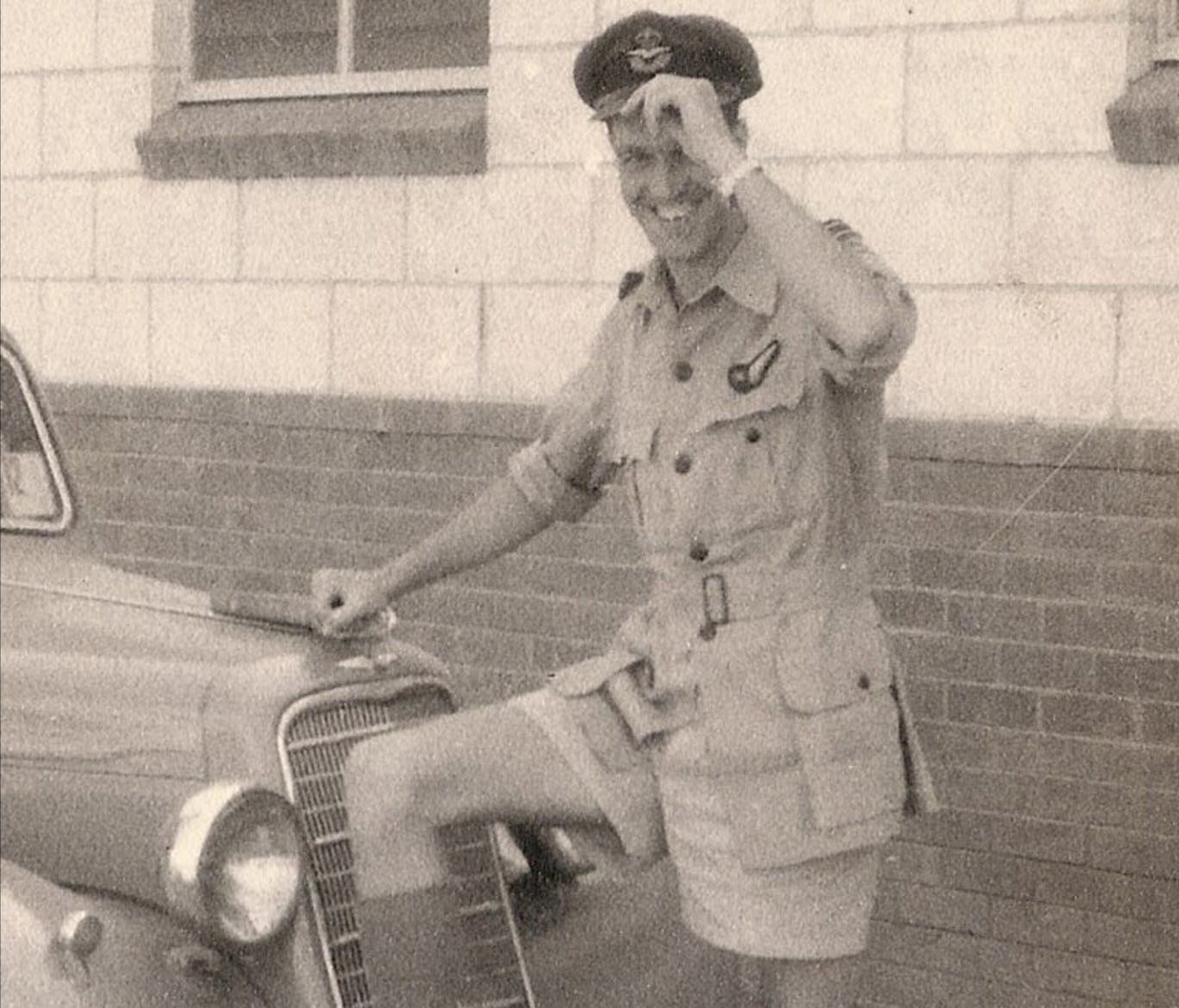
Frigate Bird: The Polaris Missile test at Operation Dominic, Christmas Island
At 1417 on 6 May 1962, the submarine, USS Ethan Allen (SSBN-608), launched the missile while submerged about 1,500 nmi (about 2,790 km) east-northeast of Christmas Island.
The warhead travelled about 1,020 nmi (1,890 km) toward the island, detonating as an airburst. This test was called Frigate Bird and was the only live proofing test of Polaris missile carrying a nuclear war head.
Before this operational test of the Polaris weapon system, there had been a number of Polaris underwater missile launch tests off Cape Canaveral downrange into the Atlantic ocean.
The first second-generation Polaris submarine, USS Ethan Allen, was commissioned in August 1961. Following five successful test missile launchings and immediately before going to its first patrol, Ethan Allen was ordered to the Pacific ocean to be the firing submarine in shot Frigate Bird, as a part of Operation Dominic.
It was on the 3rd March 1962, that the Polaris test was apparently added to the DOMINIC series. Under orders by the Joint Chiefs of Staff (JCS), the Chief of the Defence Atomic Support Agency (DASA). Date of the test 5th May 1962.
The safety plans for the test were as follows;
On 2 May the task force elements ran checks from test positions. Full rehearsals were conducted on 3rd and 4th May. Personnel, ships. and aircraft appeared ready. but adequate communications between Norton Sound and Head quarters of Joint Task Force 8 [JTF8] on Christmas Island could not be maintained. The communications problems had two major sources:
(1) electromagnetic propagation anomalies present in the test area during the planned predawn launch time and for several hours thereafter.
(2) interference from other Pacific Fleet transmissions.
While seeking a solution. The task group commander delayed the Polaris launch from 5th to 6th May. A two-part solution was worked out in which the launch was set for a later hour in the day and all Pacific Fleet transmissions on certain frequencies were halted, giving exclusive use to JTF 8.
Despite the prospect of marginal weather in both the launch and impact areas. the detonation was set for 1100 on the 6th May. About 1016, a 1-hour hold was ordered in anticipation of showers that could rain out radioactive material on fishermen near the nuclear hazard area. Search planes used the hold to further check on the fishermen's location and WB-50s continued charting the weather developments. Two 30-minute holds were caused by the same problem followed at 1124 and 1200, pushing the detonation back to 1300. Various minor technical problems aboard the submarine, the need to reposition sampler aircraft, and clouds in the launch area pushed back the launch further.
Finally local weather reconnaissance near the launch area indicated the at about 1417 a break in the clouds would occur for a launch and detonation downrange at about 1430. At the 1417:49 the missile was launched, and its warhead detonated in the air over the nuclear hazard area at 1430:16.
Reference: DNA6040F, Operation Dominic I, 1962, by the Defence Nuclear Agency as Executive Agency for the Department of Defence. United States of America
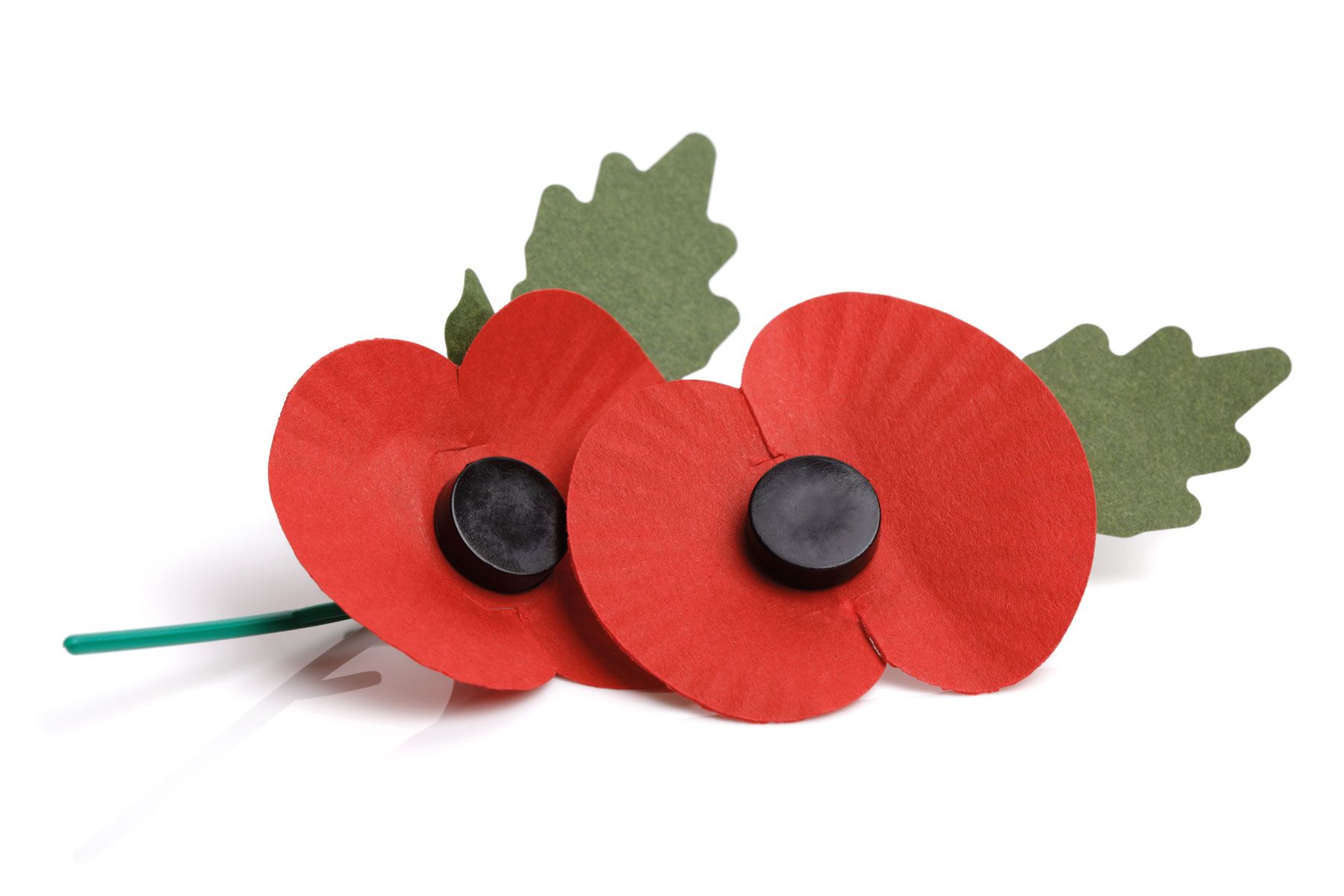
All Rights Reserved | BNTVA Museum CIC no. 15389981

